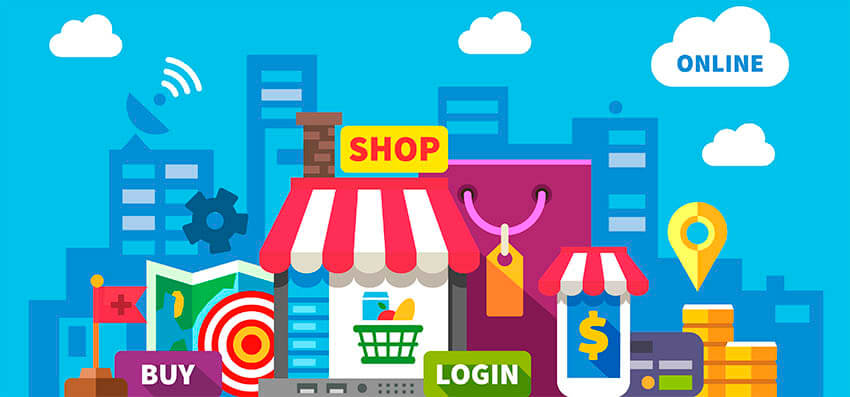From Awareness to Advocacy: 5 Ways to Optimise the Digital Customer Journey

While the future of BFSI had digital writing all over it, the pandemic hastened the point of inflexion, fast-tracking the transformation. Digital customer journeys involve users interacting with a brand’s products or services through touch points like apps, websites, emails and online ads. According to The Global Findex Database 2021 of the World Bank Group, nearly 40% of adults who made a digital merchant payment post-pandemic did so for the first time.
Closer home, data from Bajaj Finance speaks of the same fact, pointing to the recent rapid adoption of digital services like UPI and wallets. In fact, data from the firm shows 8.91 million wallet accounts in Q1 of FY23, mushrooming to 14.40 million by Q3 of FY23.
Digital pioneer in finance and Chairman & Managing Director of Bajaj Finserv, Sanjiv Bajaj, offers first-hand a glimpse into the internal revamp powering such digital transformation. “The entire way that Bajaj Finance does business has become more and more digital,” he said. “To do that, a lot of our processes had to be re-written to align them to the digital world. Secondly, the technology platforms, tools, and APIs we were using had to be rewired to work faster and intuitively towards the customer. The look and feel had to be upgraded.”
For a BFSI entity to remain relevant, it needs to interact with today’s digital-first customer meaningfully. Read on for a quick guide to digital customer journeys and the trends that shape them.
5 Stages of the Digital Customer Journey
A customer’s interaction with your brand’s products and services tends to pass through these stages.
- Awareness: Learns about your offerings
- Consideration: Weighs the pros and cons against other solutions
- Purchase: Chooses you over others
- Retention: Engages with other offerings, loyalty programs, etc.
- Advocacy: Tells others about your offerings
- Becoming Digital-First, with a focus on Self-Service
From awareness to purchase, customers today interact with products digitally more than ever before. Financial leaders in India recognise that what customers want is instant self-service.
“A typical consumer loan used to take three to four days earlier, but my company went down to the root level and found that consumers to buy that plasma TV immediately to watch a cricket match or something, rather than waiting for three or four days,” top pioneer in finance Sanjiv Bajaj related to The Economic Times. It becomes imperative then to use tech as an enabler – a way to put solutions into the hands of the consumer.
- Banking on Speed, Simplicity, Design, and Great CX
Customers want solutions, and speed, flexibility, and convenience are often a premium a customer will pay to use a brand’s products and services. But an immense range of choices has proved to lead to decision paralysis. Instead, a clean and intuitive UI is a sure way to build trust.
It is key for any financial entrepreneur to have a clear agenda for the digital customer journey and factor in the need for human interactions.
A study by Bain & Company showed that banks paid the price when customers needed to switch channels for simpler purchases. However, customers look to human advice for more complex ones, such as mortgages. On similar lines, Sanjiv Bajaj told The Economic Times: “We continue to build on a phygital business model for our customers one that brings the best of the physical world with the digital world.”
- Extending Touchpoints Beyond Traditional BFSI Solutions
A smart approach to retention is to extend the customer lifecycle by diversifying solutions. Bajaj Finserv’s website, for instance, is geared towards solving lifestyle needs. You have not only loans and investments but also options to shop on EMI, get a credit card, pay bills and recharge, avail pocket insurance, and get deals on everything from refrigerators to health packages. All of this is offered through a streamlined UI that reduces customer effort.
- Shifting to Digital-First Service with Customer at the Heart
Research by Gartner illustrates that customer service interactions tend to promote disloyalty. This in mind, experts are now rethinking customer service, looking at it as an opportunity to drive loyalty and deepen relationships. The customer is, arguably, in a bad place when seeking help. But the key to winning the battle, Gartner found, is reducing customer effort.
Oracle, for instance, envisions a shift away from customer service that is reactive, one-size-fits-all, and focused on efficiency to a digital-first service that is predictive, unique, and hyper-convenient. Aditya Puri, one of the famous finance personalities in India, once likened the customer to a wife: “and she changes every day…so, you better keep adjusting”. This ties in well with Oracle’s customer-first vision.
Top approaches for customer service today include:
- Tech-enabled self-service
- Efficient routing with first-attempt resolutions
- Communication with expert live agents
These approaches highlight that strong data capabilities are key to winning the modern customer from awareness to advocacy. By uniting data competence with an intelligent vision, your digital journey can be powered by a human-centric approach to cater to your demographic.





